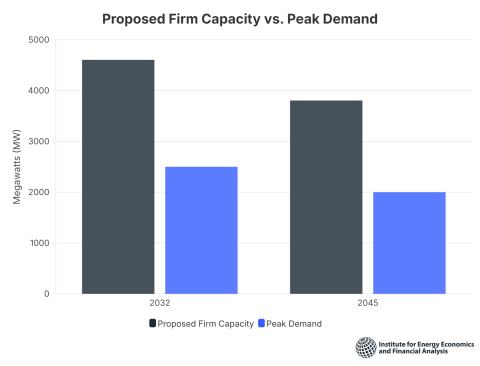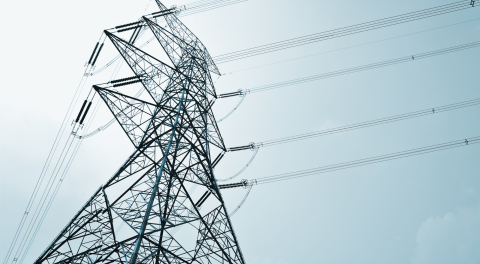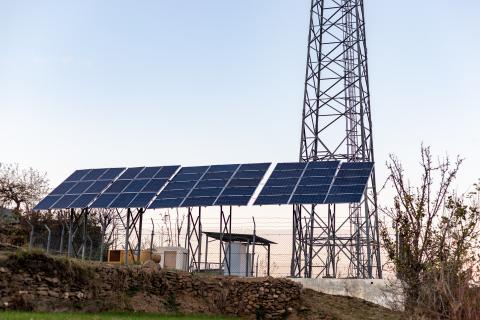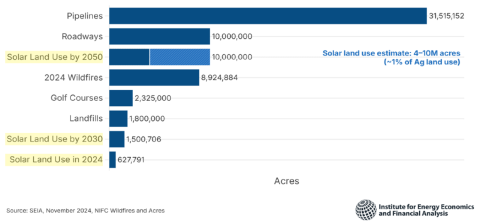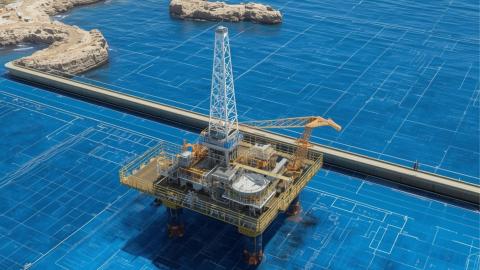Key Findings
The average cost of producing power at NGS has been higher than average off-peak prices.
The fact that the cost of generating power at NGS has risen above energy market prices has had two impacts on NGS and its owners, both of which threaten its viability.
As the cost of producing power at the plant has risen, and NGS has become less competitive with the cost of producing power at other generators in the market, the plant has begun to produce significantly less power in recent years than it had previously generated.
Executive Summary
The outlook for the Navajo Generating Station, a 2,250-megawatt coal-fired electricitygeneration plant in northern Arizona, is bleak.
Declining energy market prices and rising production costs have made the power produced by the plant more expensive than power sold in the larger energy market. NGS, in a word, is no longer competitive.
These factors are not likely to change, leaving the plant’s financial viability in doubt— regardless of who owns it. A substantial subsidy will be needed to keep the plant operational
The plant, which is situated on land owned by the Navajo Nation, is owned jointly by the Salt River Project (SRP), the U.S. Department of Reclamation, the Arizona Public Service Company, Nevada Power, and Tucson Electric Power. Barring a viable agreement that could delay retirement until 2019, the utility members of this group—Arizona Public Service Company, SRP, Nevada Power and Tucson Electric—have voted to close the plant this year.
Three of those utilities—SRP, Arizona Public Service Company, and Tucson Electric—told the Arizona Corporation Commission in late April that they no longer require electricity from the generating station because they have access to cheaper gas-fired generation. The Central Arizona Project (CAP), the largest customer for NGS power, wants out as well; CAP managers say the agency could had acquired power in 2016 for $38.5 million less than it paid for power from the plant had it bought that power somewhere else. Both CAP and Salt River Project, which operates the plant, expect power from NGS will become even more expensive than market power in coming years.
Details around any potential bailout for Navajo Generating Station remain murky. Although it looks increasingly likely that an agreement will be reached to keep the plant operating until at least 2019, no bailout start or duration dates have been proposed, nor have any dollar figures been publically discussed. No source of bailout funding has been identified. IEEFA has analyzed three potential bailout scenarios, however, each based on different starting dates and durations and on ranges for future NGS operating costs and generation.
Our analysis here aims to determine the size of a bailout required to make the cost of power from NGS competitive with the market price of power at the regional Mead Hub.
Please view full report PDF for references and sources.









